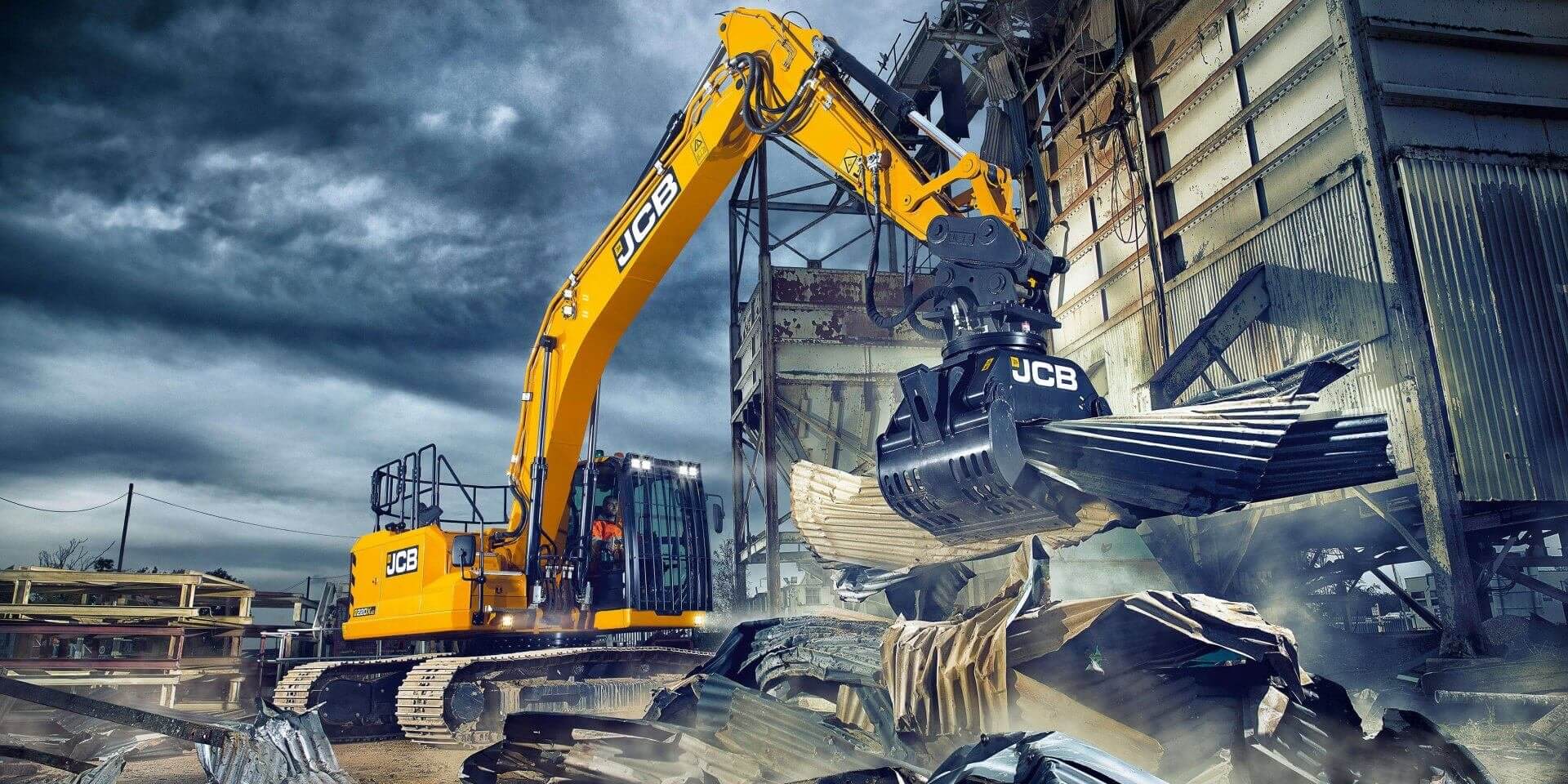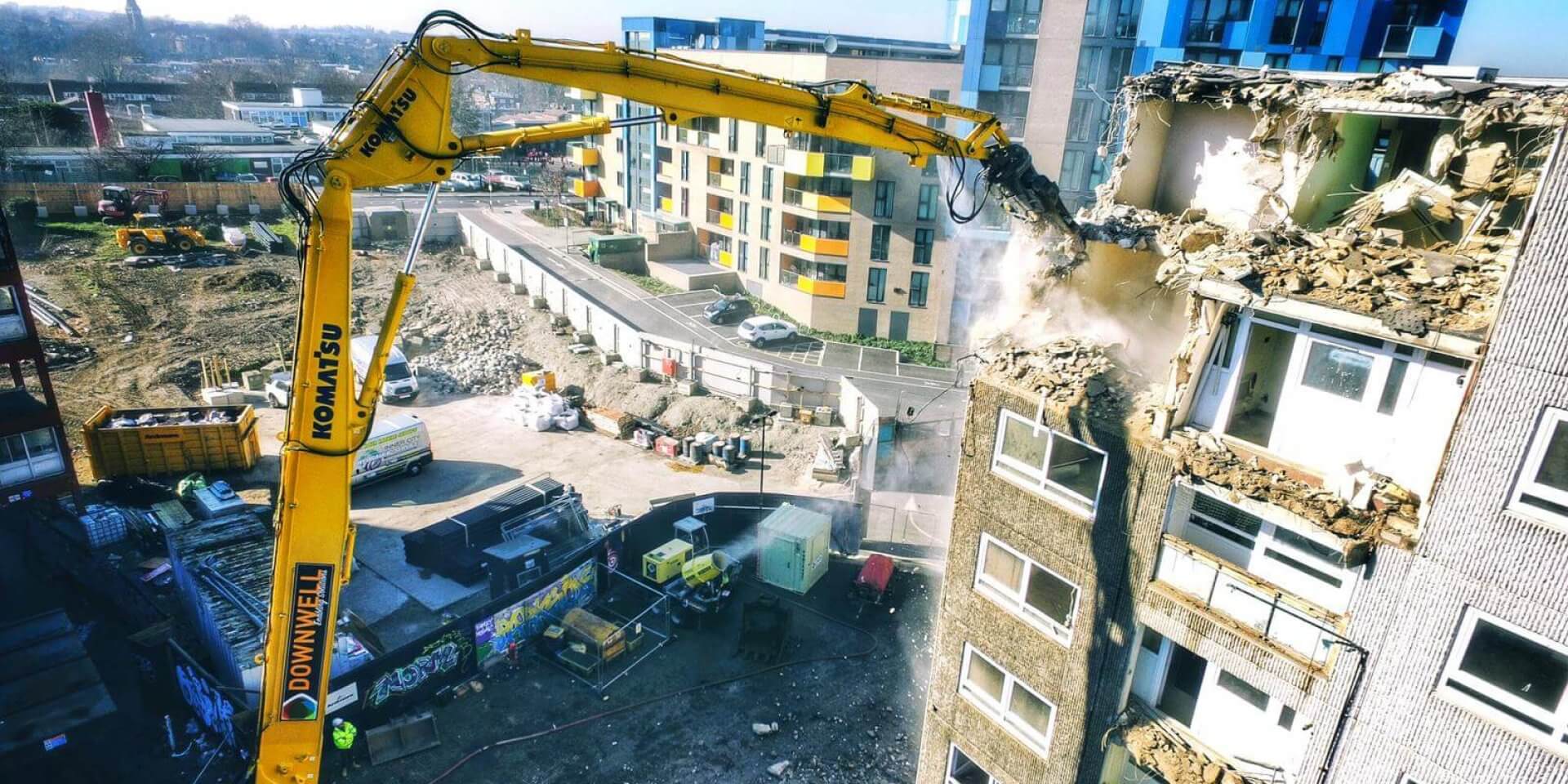Who is to blame when a client employs an unqualified contractor?
 Here at Demolition News, we pride ourselves on knowing just about all the demolition companies in our native United Kingdom, particularly those in our own South London/Surrey area. So when I first read the reports of a Wimbledon demolition company having been prosecuted and fined for endangering the public and its own workers with unsafe demolition work, I was both surprised and intrigued.
Here at Demolition News, we pride ourselves on knowing just about all the demolition companies in our native United Kingdom, particularly those in our own South London/Surrey area. So when I first read the reports of a Wimbledon demolition company having been prosecuted and fined for endangering the public and its own workers with unsafe demolition work, I was both surprised and intrigued.
It turns out that AA Construction (London) Ltd (the clue’s in the title people) is not, in fact a demolition company at all but a construction and cleaning contractor. It is no great surprise then to learn that the Health and Safety Executive was forced to investigate the company’s shortcomings when a local resident saw workers throwing chunks of asbestos from the roof onto a neighbouring road and footpath.
The HSE, as is its right, prosecuted the company, landing them with a fine for £36,000 and costs of just over £9,000.
All of which is only right and proper. But should that the end of it?
Surely an investigation is required to uncover just who thought it might be a good idea to get a cleaning company to carry out demolition work. They should be easy to spot as they probably have their teeth fixed by a local car mechanic.
The fact that this was probably (almost certainly) done to save cost should not exclude the client from further investigation and, quite possibly, prosecution.
Asbestos is a hazardous material, and – through a shortfall in its procurement systems – the client must surely be implicated in the exposure of local people and these construction workers.
Times remain tough out there, and there’s plenty of construction companies or gangs of unemployed men who would gladly “have a go” at demolition, often at risk to themselves and the general public.
Until the HSE prosecutes those responsible for employing these unregulated and unqualified gangs, this is a problem that will not go away.







 Bulgaria’s Sofia Airport is to demolish its old Terminal 1, seeking to construct a new terminal on the same location in five years, Sofia Airport CEO Veselin Peykov has announced.
Bulgaria’s Sofia Airport is to demolish its old Terminal 1, seeking to construct a new terminal on the same location in five years, Sofia Airport CEO Veselin Peykov has announced. CityCenter has asked the Nevada Supreme Court to overturn a ruling that could delay demolition of the flawed
CityCenter has asked the Nevada Supreme Court to overturn a ruling that could delay demolition of the flawed  Since we posted our Comment piece a few hours ago, our Twitter feed has slowly filled up with references to the same story that originally emanated from the Health and Safety Executive’s press office and which has been reproduced in online publications and blogs across the Internet.
Since we posted our Comment piece a few hours ago, our Twitter feed has slowly filled up with references to the same story that originally emanated from the Health and Safety Executive’s press office and which has been reproduced in online publications and blogs across the Internet.